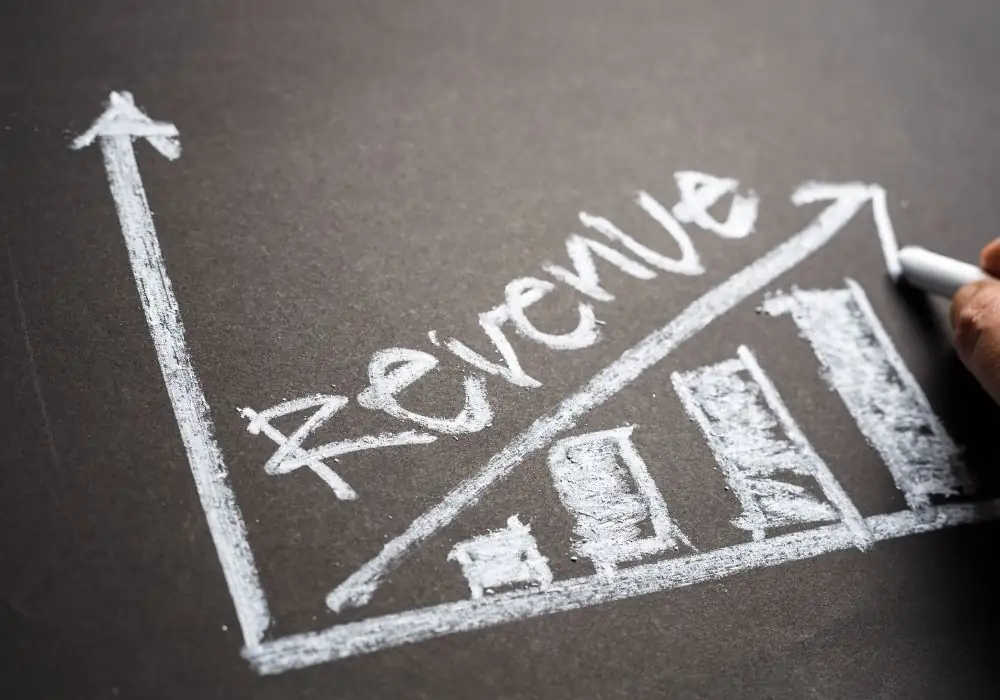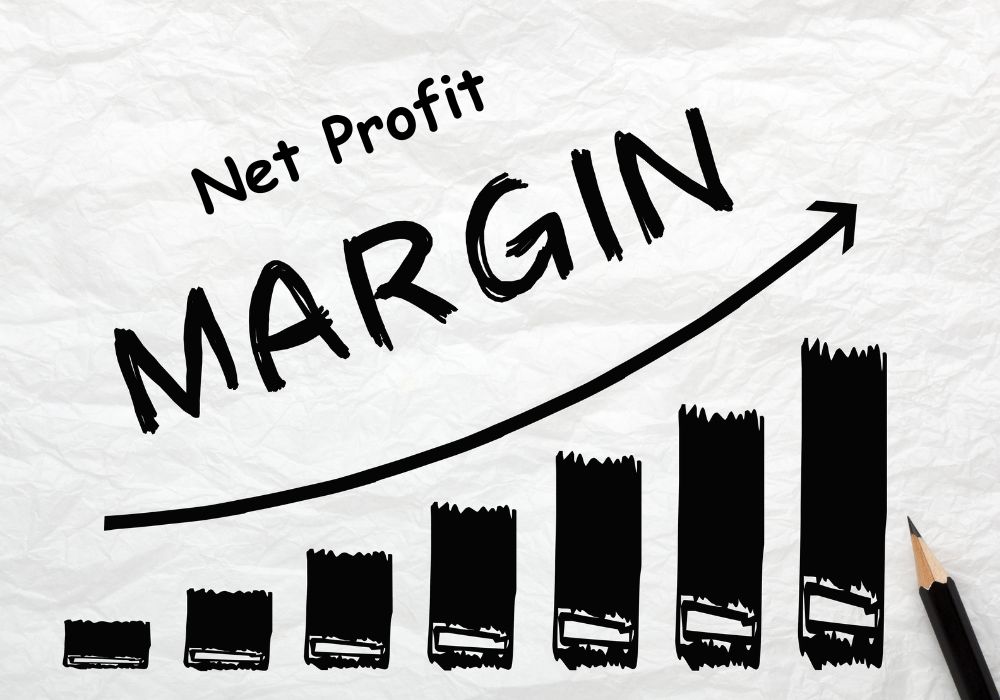Let’s dive into a topic that’s at the heart of every business, big or small: revenue. Now, don’t glaze over just yet—this isn’t some dusty textbook term.
Revenue is the lifeblood of companies, the fuel for economies, and honestly, it’s something you’ll bump into whether you’re running a lemonade stand or dreaming of launching the next big tech startup.
So, grab a mental pencil, and let’s break this down like it’s a Friday afternoon chat in the classroom.
What Is Revenue?
Revenue, in the simplest terms, is the money a business brings in from selling its goods or services. Think of it as the cash flowing into the company’s wallet before any bills, salaries, or taxes get paid.
It’s the top line on a company’s income statement—fancy accounting talk for the first number you see when you’re checking how much a business is making.
Imagine you’re selling cookies at a school bake sale. Every dollar you pocket from those chocolate chip goodies? That’s revenue.
Doesn’t matter if you spent a fortune on ingredients or if your little brother ate half the batch before you could sell them. Revenue is just the total money you collect from customers.
Now, here’s the kicker: revenue isn’t profit. Profit comes later, after you subtract all the costs, like the flour, sugar, and that emergency trip to the store for more chocolate chips.
Revenue is the starting point, the raw cash coming in. Got it? Let’s keep going.
Where Does Revenue Come From?
Revenue can come from all sorts of places, depending on the business. Here are the main types, with examples to make it crystal clear:
- Sales Revenue: This is the most common type. It’s the money from selling products or services. Think of Apple selling iPhones or your favorite coffee shop charging $5 for a latte. If you mow lawns for $20 a pop, that’s your sales revenue.
- Service Revenue: This applies to businesses that provide services instead of physical products. Think haircuts, tutoring, or even streaming services like Netflix. When someone pays for a month of binge-watching, that’s service revenue for Netflix.
- Subscription Revenue: This one’s huge these days. Companies like Spotify or your gym charge a recurring fee for access to their services. Ever sign up for a free trial and forget to cancel? Yep, that’s subscription revenue for them.
- Rental Revenue: If a business owns property or equipment and rents it out, that’s rental revenue. Picture a landlord collecting rent or a company leasing out heavy machinery.
- Licensing Revenue: This is when a company lets someone else use its intellectual property—like a logo, patent, or software—for a fee. Ever wonder how Disney makes money off those Mickey Mouse t-shirts? Licensing revenue.
Here’s a quick story to make it stick. Back in the day, a friend decided to sell homemade candles at a local market.
Each candle sold for $10, and by the end of the day, they’d raked in $200 from 20 candles. That $200? Pure revenue.
But then came the costs: wax, wicks, and the table rental fee. By the time those were subtracted, the profit was way less.
Moral of the story? Revenue is the exciting part—it’s the cash you see first—but it’s not the whole picture.
Why Revenue Matters?
Revenue is like the heartbeat of a business. Without it, the company flatlines. It’s what pays employees, keeps the lights on, and funds growth.
A business with no revenue is like a car with no gas—it’s not going anywhere. But revenue also tells a story.
High revenue might mean a company’s products are flying off the shelves, while low revenue could signal trouble, like maybe those candles weren’t as popular as hoped.
Revenue also helps businesses figure out if they’re growing. If your lemonade stand makes $50 one summer and $75 the next, that’s a sign you’re doing something right.
Maybe you added a fancy new flavor or got better at shouting, “Ice-cold lemonade!” Either way, tracking revenue shows progress.
Examples
Let’s paint a picture with some examples to make this feel real:
- Local Coffee Shop: Imagine Brewed Awakening, the cozy spot downtown. They sell 100 lattes a day at $5 each. That’s $500 in daily revenue. Add in muffins, tea, and those overpriced smoothies, and their revenue climbs higher. But don’t forget—they’ve got to pay for coffee beans, barista wages, and rent.
- Tech Giants: Take Amazon. Their revenue comes from selling everything from books to electronics, plus subscription services like Amazon Prime and cloud computing through AWS. In 2024, Amazon’s revenue was over $600 billion. Mind-blowing, right? But their costs are massive too—warehouses, delivery trucks, and all those servers.
- Your Side Hustle: Let’s say you start tutoring math for $30 an hour. If you tutor 10 hours a week, that’s $300 in weekly revenue. Sounds sweet, but if you’re spending $50 on gas to drive to students’ houses, that cuts into your profit.
Here’s a funny little anecdote. A colleague once tried selling “gourmet” popcorn at a school fundraiser. The pitch was popcorn flavored with exotic spices—think turmeric and chili powder.
Total revenue? A whopping $15. Turns out, high schoolers prefer plain old butter and salt. Lesson learned: revenue depends on knowing what your customers actually want.
Revenue vs. Profit
This is where things get tricky, so listen up. Revenue is the money coming in, but profit is what’s left after you pay all the bills.
Imagine you’re running that bake sale again. You sell $100 worth of cookies (revenue). But you spent $30 on ingredients, $10 on packaging, and $20 to rent the table. Your profit is $100 – $30 – $10 – $20 = $40. Profit is the real prize, but revenue is the starting line.
Businesses obsess over revenue because it’s a sign of activity. If revenue is high, it means customers are buying.
But if costs are out of control, even huge revenue won’t save the day. Ever hear about companies going bankrupt despite making billions? That’s because their expenses ate up all the revenue and then some.
How Businesses Boost Revenue
So, how do companies make more revenue? Here are a few tricks they use, explained with a dash of fun:
- Sell More Stuff: Obvious, right? If your lemonade stand sells 10 cups a day, try selling 20 by setting up in a busier spot or adding a “buy two, get a discount” deal.
- Raise Prices: Risky, but it works if customers think it’s worth it. That coffee shop might charge $6 for a latte instead of $5, hoping loyal customers won’t blink.
- Offer New Products: Ever notice how your favorite fast-food joint suddenly has a new burger? They’re trying to bring in more revenue by tempting you with something fresh.
- Expand the Market: Maybe your candle business starts selling online instead of just at the local market. More customers, more revenue.
A personal favorite story here: a former student started a dog-walking business. At first, it was just a few neighborhood pups, bringing in $100 a week.
Then they got smart—posted flyers at the local pet store, offered a referral discount, and boom, revenue doubled. It wasn’t rocket science, just hustle and a love for dogs.
Revenue in the Real World
Why should a 12th-grader care about revenue? Because it’s not just for businesses. Understanding revenue helps you make sense of the world.
When you hear about a company’s “record-breaking sales,” that’s revenue talk. When you’re budgeting for college or a car, your income (like from a part-time job) is your personal revenue.
Knowing the difference between revenue and profit can also save you from financial headaches down the road.
Plus, revenue is a window into what people value. High revenue for electric cars? That means people care about sustainability.
Huge revenue for the latest smartphone? Tech is still king. It’s like a giant popularity contest, and revenue keeps score.
Frequently Asked Questions (FAQs)
Q: Is revenue the same as income?
Nope! Revenue is the cash a business makes from selling goods. Income is the net profit, or what’s left after paying off all bills or payments.
Q: How do businesses track revenue?
It depends. Most small-sized businesses use accounting software or spreadsheets to record their sales, while big companies use high-tech systems. However, a small shop can require a notebook to log sales.
Wrapping It Up
So, there you have it—revenue in all its glory. It’s the money a business makes from selling its stuff, whether that’s cookies, lattes, or streaming subscriptions.
It’s not profit, but it’s the starting point for every business’s financial story. From lemonade stands to tech giants, revenue is the pulse that keeps things moving.
Next time you’re at a bake sale or scrolling through an online store, think about the revenue flowing in. And maybe, just maybe, you’ll start dreaming up your own business idea.
Who knows? You could be the next big thing, raking in revenue like nobody’s business. Keep those eyes open, and don’t be afraid to ask questions—economics is just life with a calculator.







